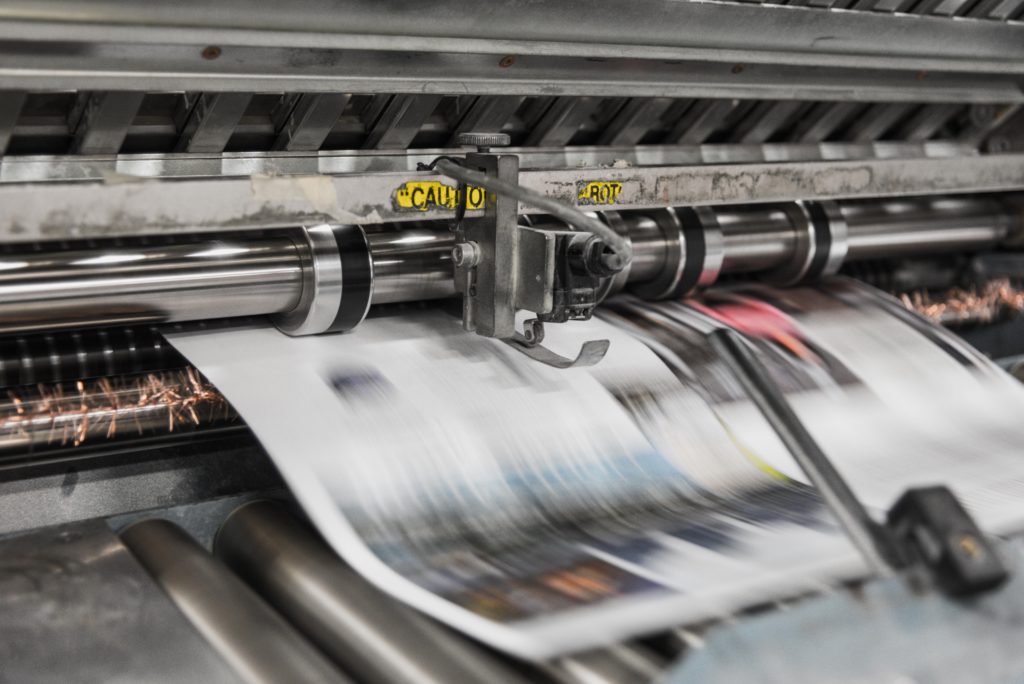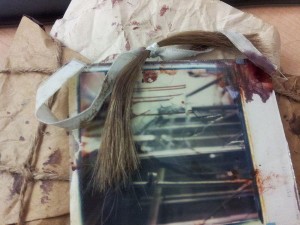
Most who begin their journey to creating an independent magazine are journalists, designers or creatives. At the start, many of
them anticipate the process to be a piece of cake and never consider the logistical side of creating a magazine from scratch.
But in order to be successful, independents must learn essential skills from Adobe InDesign and Photoshop to the basics of production and marketing.
To gain better understanding of what it takes, we spoke to three independent magazines: Racquet, a tennis magazine, Foul Play, a true crime magazine, and The Covent Gardener, a luxury magazine on Covent Garden. Having launched within the last three years, the teams of the three magazines have in-depth knowledge on what obstacles to keep in mind when first starting out.
1. Man Power
Finding people to help with the design, content and smooth running of the magazine is the first step to creating one.
Founders of Foul Play, Grace Harrison and Emma Hardy found it useful to ask for help from the contacts they’ve made through their careers in the publishing industry; Harrison works for Pan Macmillan and Hardy is a freelance book cover designer. Harrison said: “Morgan Rees, former editor of Empire, is one of the experts we consult with. He taught us everything we know about flat plans and production. And we have an old colleague who made all the layouts we now follow religiously.”
Founder of The Covent Gardener, Jeannine Saba, receives help from a variety of people, from old colleagues to locals: “For every issue, I receive one or two emails from locals who have ideas they’d like to contribute. We had someone write about the ghosts of West End theatres two issues ago. It’s never difficult to find contributors, because people who live or work here always have some hidden knowledge about Covent Garden’s history.”
2. Money and editorial budgets
In the beginning, the only way to keep an independent magazine running is to pour money into it from your own pocket.
The Foul Play founders have found a creative way to prevent themselves from going penniless for too long. On this, Hardy said: “When we started this, we decided to try and drum up pre-orders through personal contacts and their friends so that we could cover the cost of an initial print run. The profit margin is so small that you make back the money you spent on it; we had to essentially create a magazine for free.”
In addition to pouring money into the production of the magazine, there are commission fees to consider. David Shaftel, one of the founding editors of Racquet magazine, finds editorial budgets to be a struggle, “We like to pay well because we think contributors deserve to be paid and to make a living from their work. That means money is always tight and we’ve had to call in a lot of favours from creative friends. But we keep this to a minimum.
“We try to keep in mind what Tina Brown said about running a magazine (and I’m paraphrasing here): If you don’t have a budget, make sure you have a vision.”
3. Subscriptions and printing
Most independent magazines offer subscriptions, but they take a lot of time to keep track of and update. Racquet’s founder, Shaftel, said: “It generally requires the management of large, unwieldy spreadsheets. If only one percent of packages get lost in the mail but you’re mailing out 2,000 magazines, that’s 20 annoyed customers. It can feel like a full-time job tracking those orders and responding to customer service emails. And you’ve got to get them to re-subscribe once their subscriptions run out.”

While subscriptions feel like a second (or third) full-time job, printing the actual magazine is a completely separate and essential job. Founders of Foul Play have first-hand experience of how detrimental it can be to have a print-job go wrong, Harrison said: “Half-way through packaging our pre-ordered magazines of the first issue, we opened one only to find that the glue the printers used didn’t actually work. Pages were flying off. We managed to get the printers to redo the print run free of charge, but it was stressful – we had packaged most of our orders already and had to trash the lot!”
4. Social media
No magazine can succeed without the social media skills needed to get the word out. Founder of The Covent Gardener, Saba, spends most of her time jumping from one coffee shop to the next, creating close contacts as well as finding photo opportunities to promote the magazine. She said: “Being The Covent Gardener means I’ve got to be the expert of Covent Garden. I’ve got to know the answer to every question anyone might want to know about the area, so people will come to me when they need information of any kind.”
While Saba has dedicated much of her time keeping up with the locals in the area, founders of Foul Play have had a difficult time with social media due to their full-time jobs, Harrison said: “We want to be selling the magazine through ourselves and we’ve consistently heard that this can be achieved through social media. But when we have article deadlines, it’s the first thing that gets left behind.”
5. Self-doubt
A huge part of turning an independent magazine from project to a self-sustaining business is keeping the dark thoughts at bay. Saba said: “The magazine is my baby, but when the cover I’ve commissioned doesn’t look the way I want it to, or if the subscriptions haven’t gone up in a while, it can be difficult to not take it to heart. I have to remind myself that what I’m doing is worthwhile because I believe in it.”



















